Watercolor vs Acrylic Paint
Learn what makes them different and which one you need
If you are not much familiar with different types of artistic paints, you might be wondering what the distinction is between acrylic paint and watercolor paint since these two are the most popular kinds of paint on the market.
The issue of their difference may become even more acute if you are going to start an artistic class and you need to buy paint for your lessons. The same issue may appear if your child is starting such a class too, by the way!
Well, of course, there are certain distinctions between acrylic paints and watercolor paints. In simple words, they differ in terms of their consistency, but the content of both paints are also distinct.
In addition, the painting technique used for each of these paints varies somewhat.
This is why today we are going to introduce you to both acrylic and watercolor paints a bit closer. You will finally find the answer to the acrylic vs watercolor paint distinction question! In addition, we will explain what acrylic is and what watercolor is.
Finally, you will learn which of these paints is better for beginners, and how painting techniques used for both vary.
Acrylic Paint vs Watercolor Paint. What Is the Difference?
When you are standing in front of the choice of buying acrylic or watercolor paint, you might feel somewhat frustrated and confused.
With so many paint types on the market that we have today to choose from, anyone would probably wonder which option is the best for your project!
And since watercolor and acrylic are the two most popular paints, people tend to get curious about their distinctions more and more often.
Well, in fact, there are many differences in these paints and how you use them to consider when it comes to watercolor vs acrylic paint.
The major distinction between these two is how you use them.
See, if we compare them, we will see that acrylic dries faster and has better coverage whilst watercolor paint is way more transparent and it is much easier to blend with water. Also, there are distinctions in how each of these paints is produced and even used.
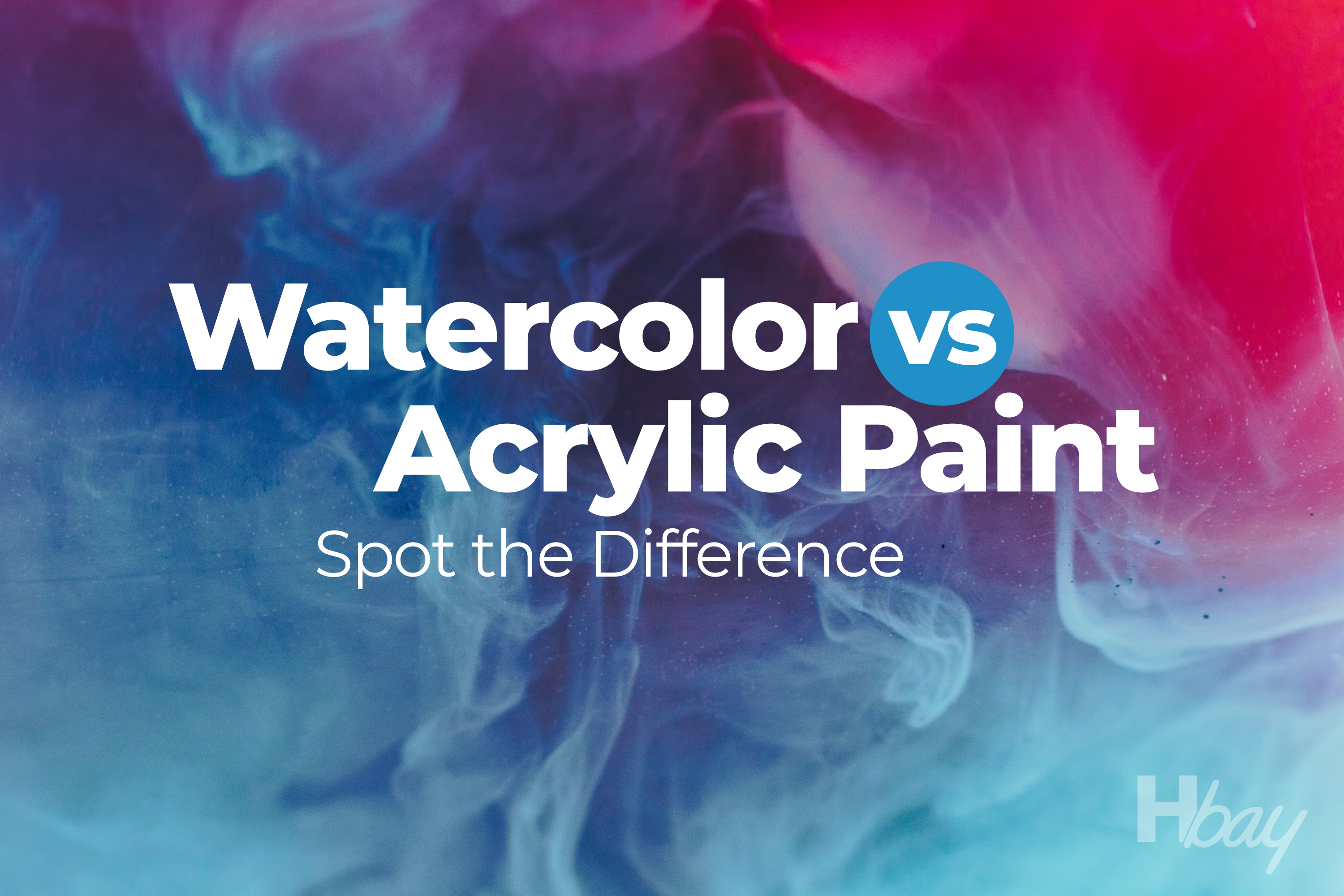
Housekeepingbay.com
At the same time, both paints are water-soluble.
This is why understanding these differences can help you see what each paint offers and where the limitations lie, allowing you to choose one for your project.
To help you understand all of the distinctions better, we will provide you with the list of the major paint differences so that you could better understand which of them you might need for your artistic project.
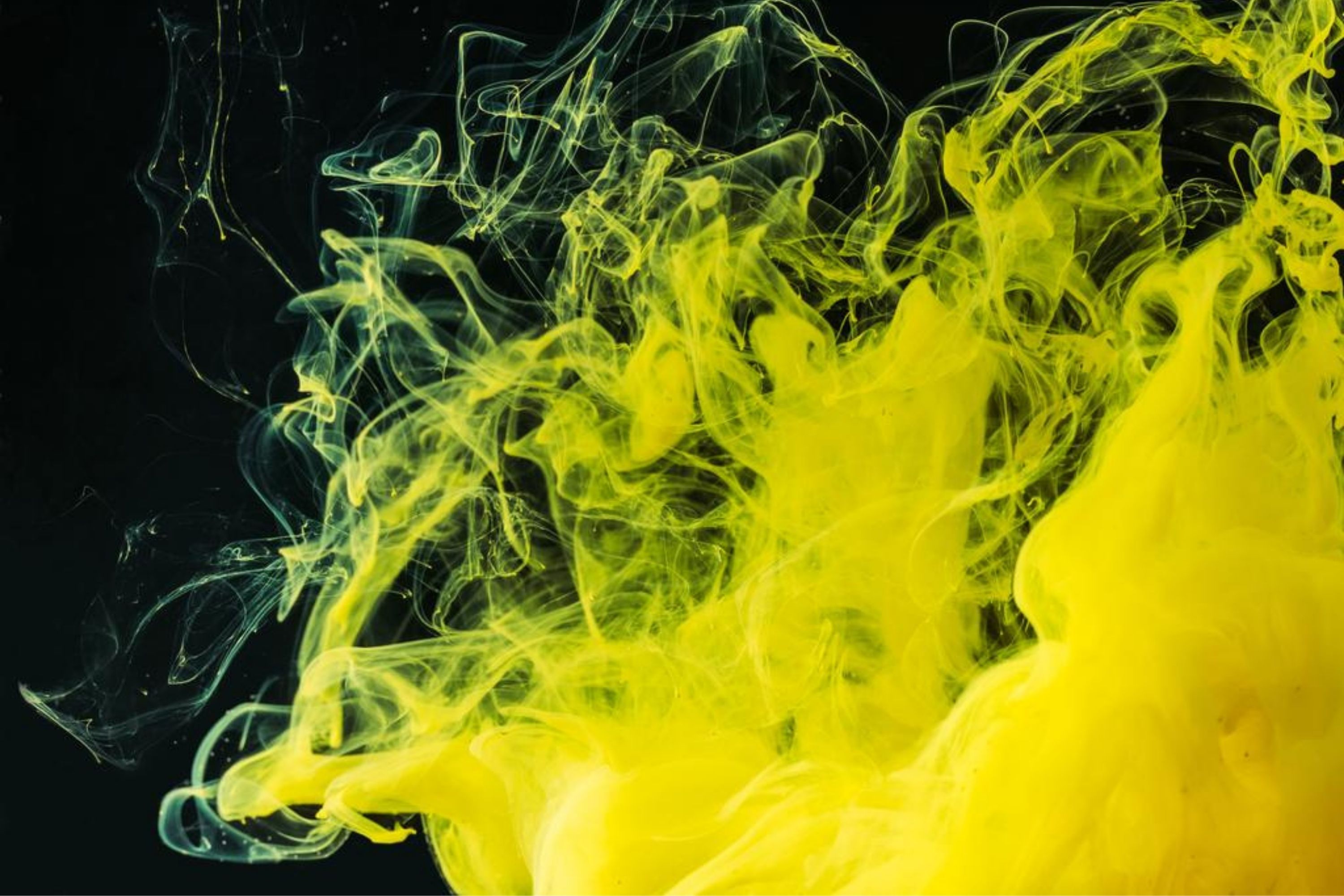
Credits: VadimVasenin, via Crello.com
Table of Contents
Acrylic Paint vs Watercolor Paint Ingredients
In terms of content, acrylic and watercolor paints differ. Most watercolors are natural paints with a few simple ingredients. Some brands, however, may include a synthetic glycol binder, which is why the list of ingredients may vary slightly if you take a look at the package. However, most watercolors still make use of a binder such as natural gum Arabic.
The color pigment is consistent in all types of watercolor paints as well. However, some manufacturers may include preservatives, honey, glycerin, or ox gall to alter the colors and durability.
As for the acrylic paint, it is human-made, unlike watercolor. It uses acrylic resin, pigment, and a binder to create a coloring substance. This type of paint has only been around for about fifty years or so, in fact!
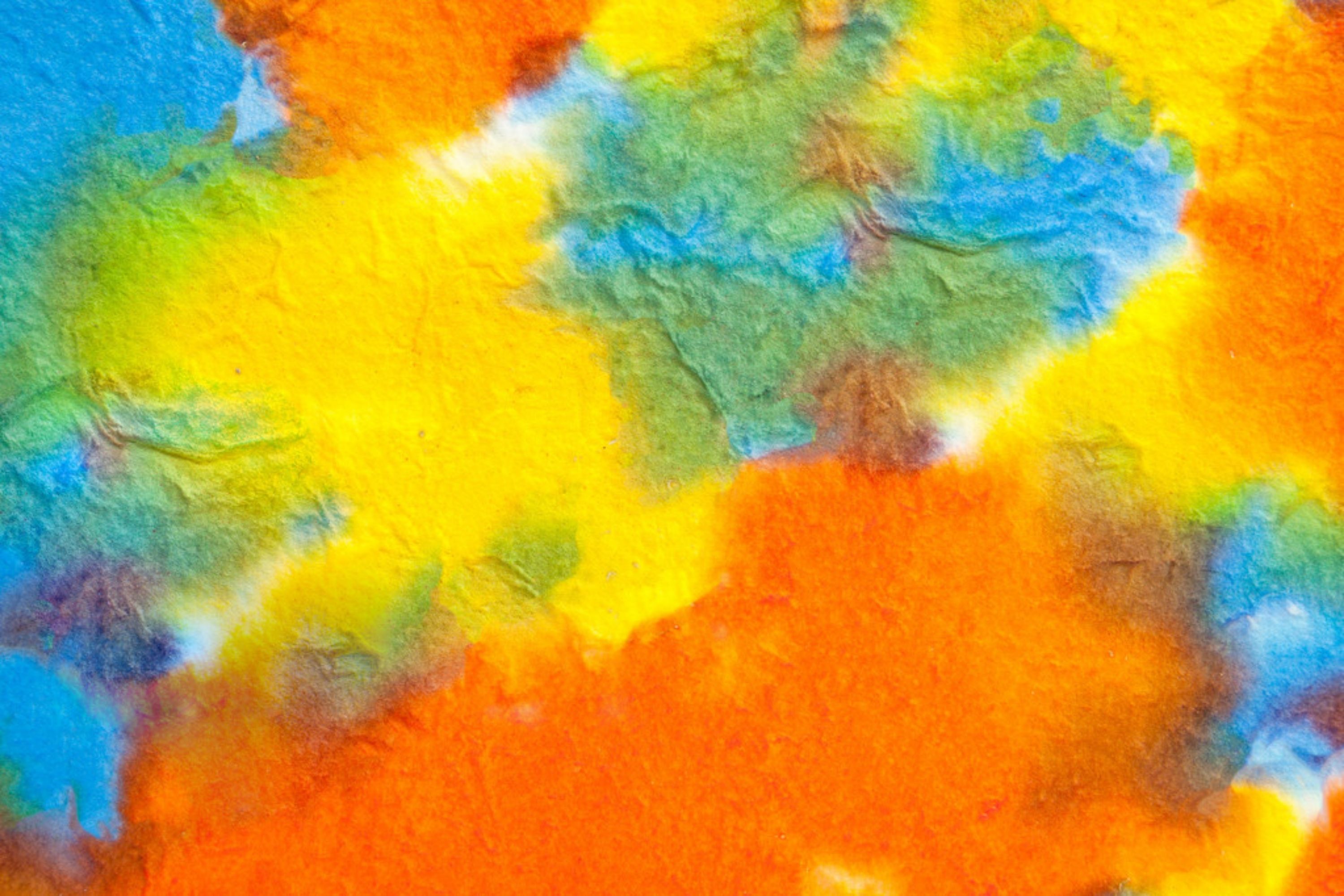
Credits: FrameAngel, via Crello.com
Related: Can You Paint Your Nails With Acrylic Paint?
Types Of Surfaces You Can Paint On With Acrylic And Watercolor
If you compare watercolor paint vs acrylic paint in terms of the surface each of them can be applied to, you will see quite a significant difference!
For example, everyone knows that watercolor is mostly used on paper.
In particular, on special textured paper specifically designed for this type of paint. See, since you have to use quite a lot of water when painting with watercolor, if you take thin paper, it will wrinkle and the painting will not have a presentable look!
But if you make use of a special watercolor paper, the effect will be much better! This paper absorbs the paints properly, keeping the water and pigments from bleeding through the paper to stain the surface underneath.
And since watercolor paper comes in a wide variety of thickness and texture, you can adjust it to your project specifically.
As for the acrylic paint, it has way more areas of application. It can be successfully used on many surfaces starting from paper and carton and ending with textile, wood, plastic, metal, and even glass. It is also suitable for painting on canvas.
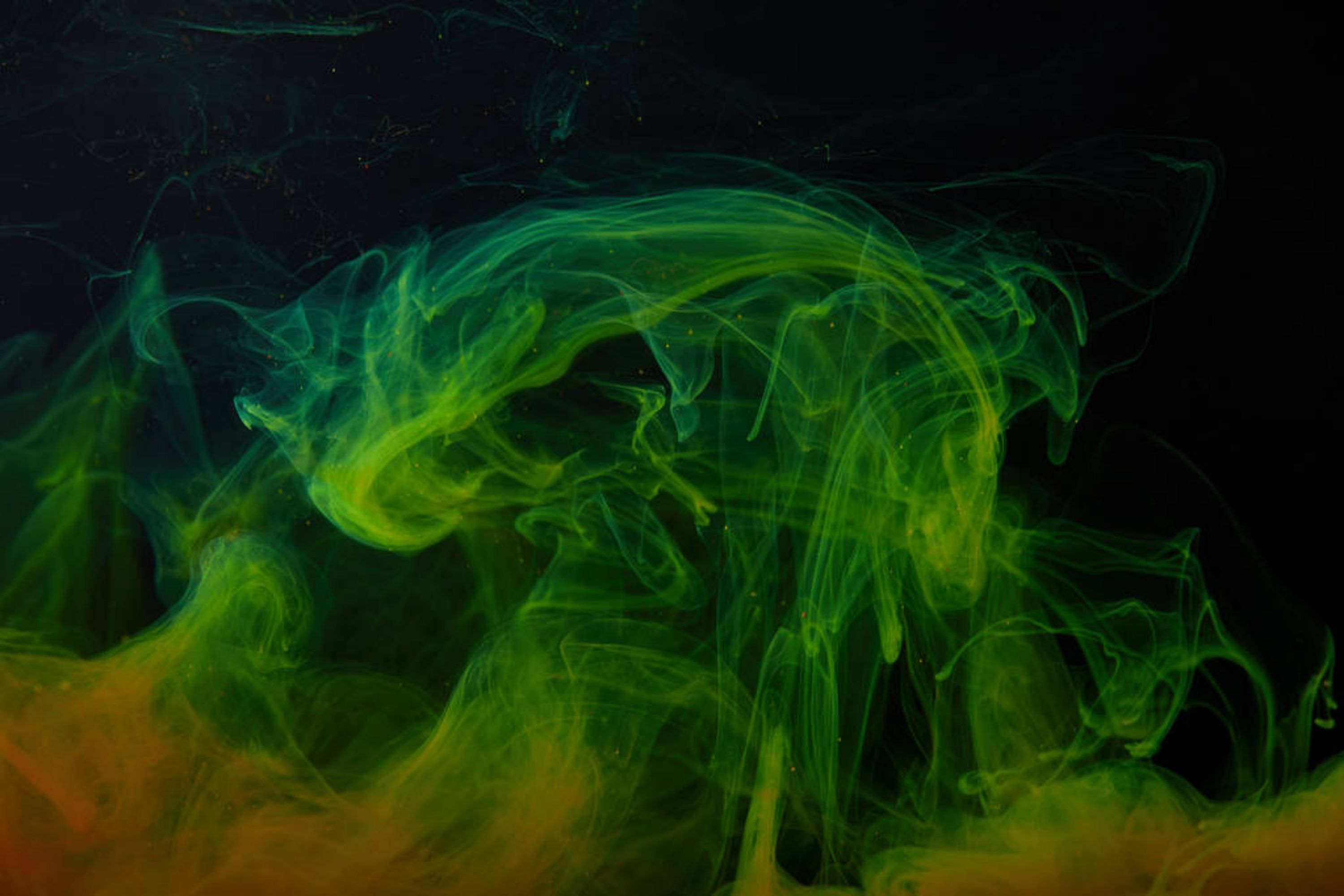
Credits: AntonMatyukha, via Crello.com
Related: Can I Use Acrylic Paint On My Face?
Watercolor Paint vs Acrylic. Uses And Styles
Both paints, acrylic and watercolor, are water-soluble. However, the way you use and apply them varies. Watercolors are highly transparent.
They are typically diluted and applied with water, so water plays a major role in using this type of paint.
On the contrary, acrylics are typically applied in thick layers even though they can also be altered with water to simulate watercolors!
In addition, acrylics are way more versatile in terms of application. For example, it is possible to add impasto gel to them to get the oil paint-like consistency and effect on canvas.

Related: How to Fix Lumpy Acrylic Paint?
How Durable They Are?
Durability is one of the crucial moments in using paints since the lifespan of your artistic creation depends on how durable the paints are.
And if we compare watercolor painting vs acrylic one, we will see that the painting made with acrylics will last significantly longer, no matter what surface it is applied to.
The colors will remain the same bright and vivid as on the day of application, and there will not be any yellowish tint. As for watercolors, they tend to fade sooner, and besides, a watercolor painting can easily be damaged with even a small amount of water.

Credits: Maximusdn, via Crello.com
What About Smudging?
In painting, smudging is how you achieve shading. When using watercolors, you can mix two colors easily. Applying water allows you to bleed the colors together or shade as much as you want.
Speaking of acrylics, they don’t allow you to mix a dark color after it is applied to a lighter shade.
Instead, the dark color shows through, and the strokes are not smudged completely. You can smudge acrylic using a brush for blending and broad strokes to blend various colors.
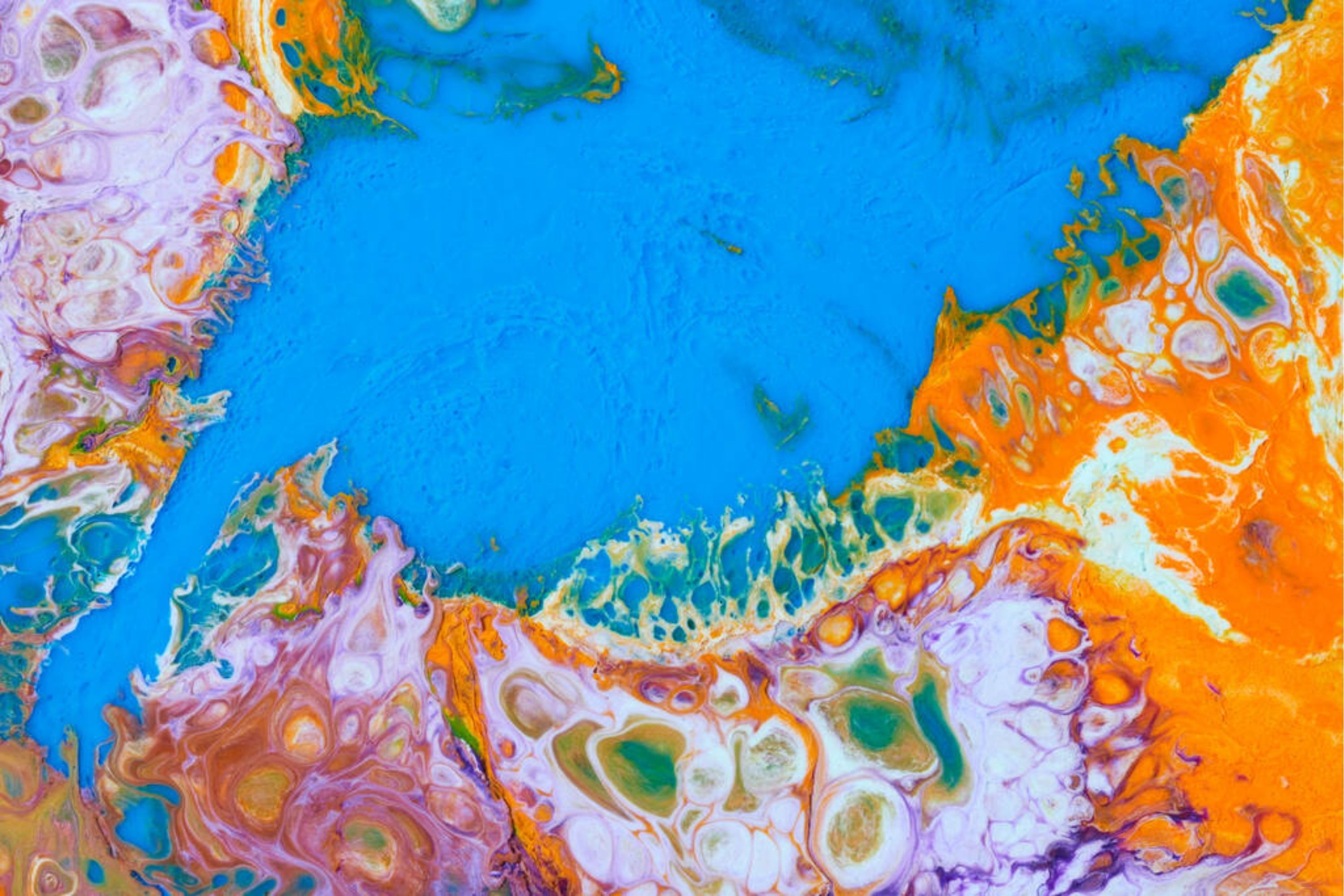
Credits: Nik_Merkulov, via Crello.com
Acrylic vs Watercolor Painting Brightness
If you are looking for bright paint, stick to watercolor. Its pigments are bright enough and they produce a light and tinted effect.
Acrylics are way more vibrant, however, it is still possible to achieve lighter shades by adding white paint color to darker colors.
Also, when painting with acrylics, you always have to start with darker colors and move to lighter ones. With watercolor, it is all the opposite.
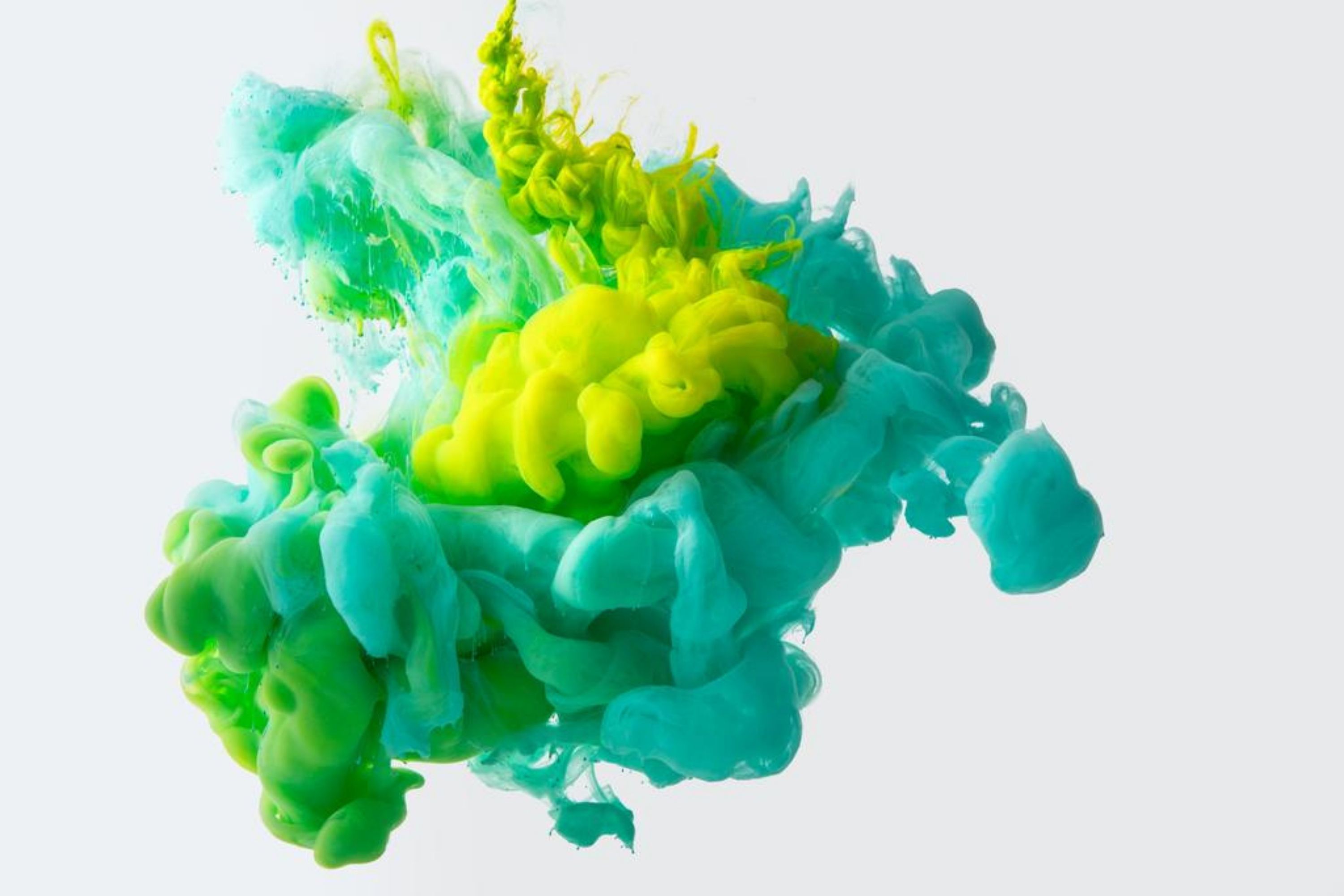
Credits: AntonMatyukha, via Crello.com
Transparent vs Opaque
Even though watercolor paints are more transparent in comparison to acrylics, they come in various styles, from transparent to semi-transparent and opaque.
Acrylic paints are often brighter than watercolors due to the way they are applied.
They come in the same options, but the paint is not for use on a transparent medium like watercolors.
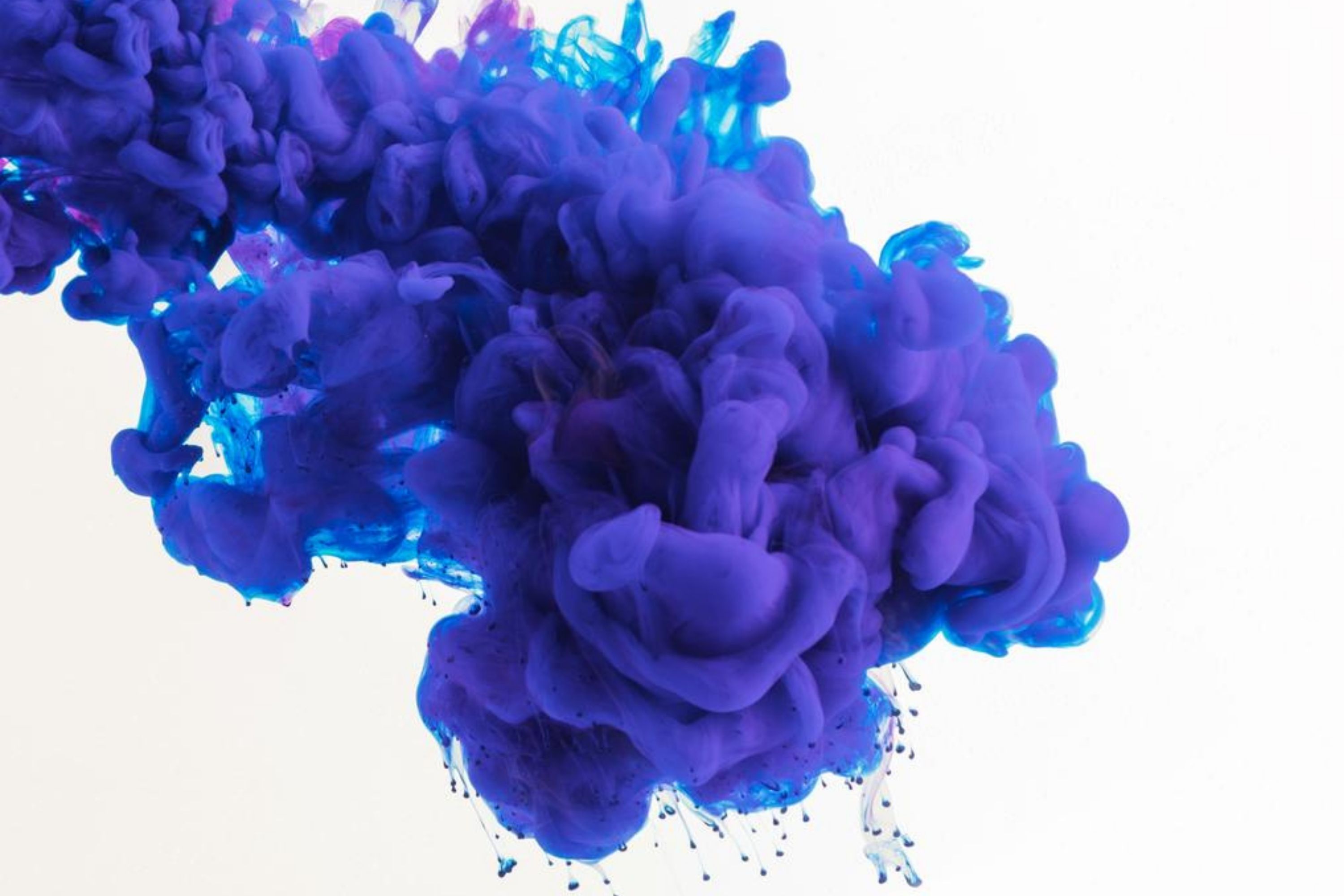
Credits: AntonMatyukha, via Crello.com
The Use Of White Color
When painting with acrylics, if you want to create lighter shades on your canvas, you simply need to add some white paint to the darker ones.
Depending on how much white is added, even the darkest colors can be “diluted” to pretty fair shades.
With watercolor painting, we don’t use white paint since it is only needed to add more water to get the lighter shade.
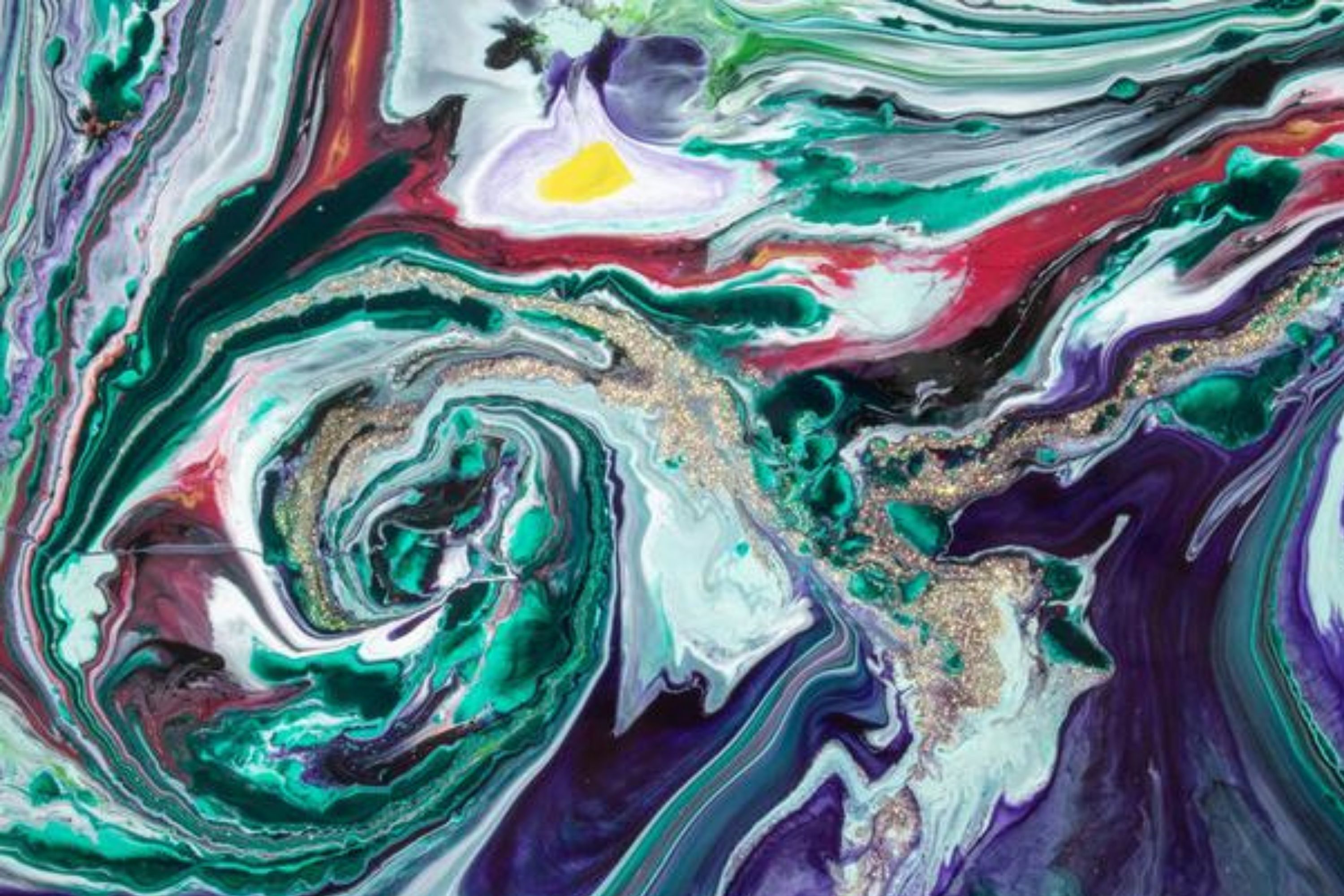
Credits: maria.dein, via Crello.com
Do I Need to Prime the Surface I Paint On?
This is quite a frequent question that comes from those who just start working with acrylics and watercolors. Well, the answer will vary. When you paint with watercolor, priming is not needed.
But with acrylics, the paint will work much better on the primed surface.
This is why many canvases designed for acrylic painting are previously primed already allowing you to skip the priming procedure.
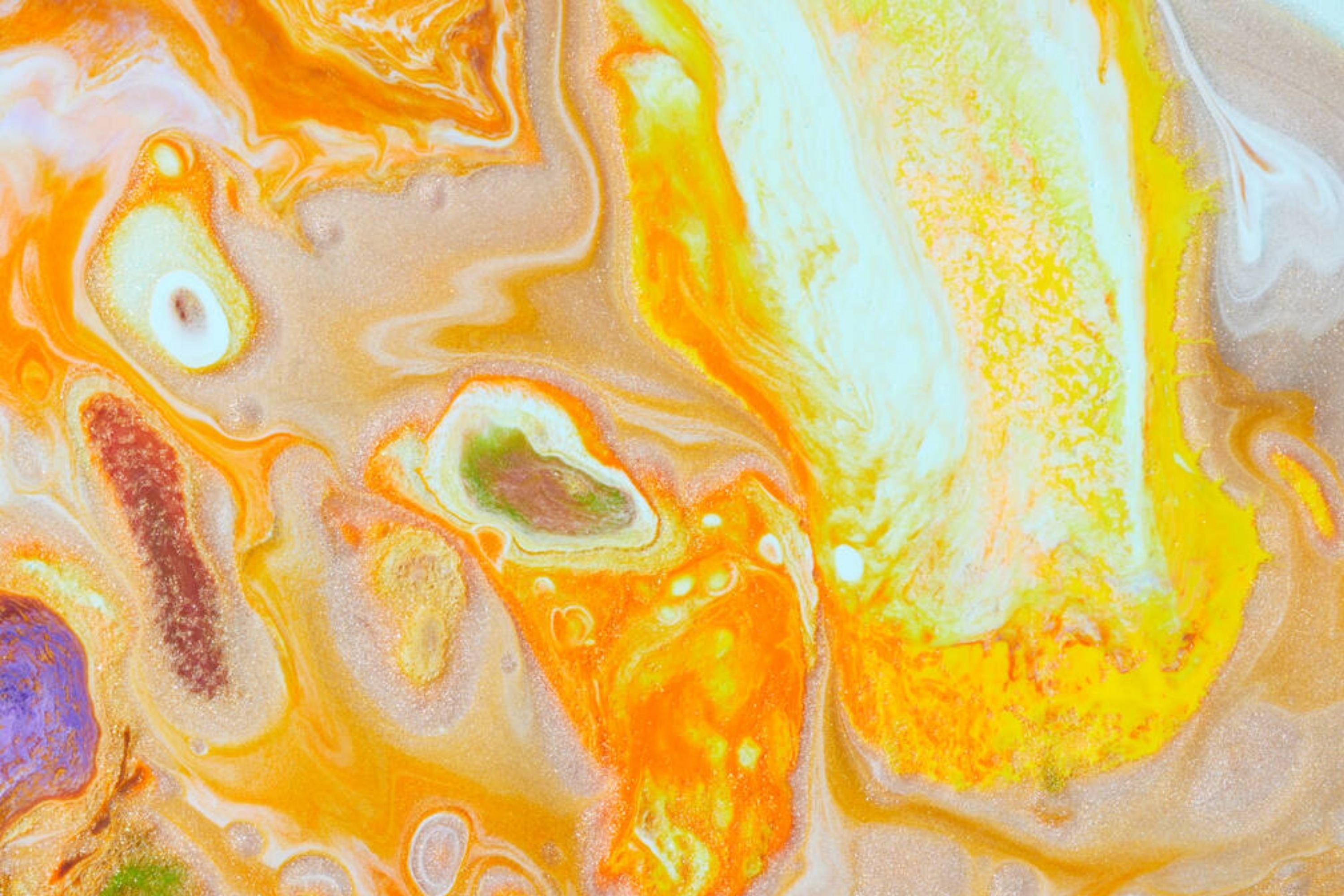
Credits: Nik_Merkulov, via Crello.com
Watercolor vs. Acrylic Drying Time
If we compare these paints, we will see that acrylics dry pretty fast.
However, watercolor dries a bit less fast! With acrylics, you need to work pretty quickly while the paint is still wet on canvas and can be adjusted to your needs. Also, acrylics tend to dry flat.
As for the watercolor paints, they also need some time for drying, a bit longer than acrylics need, mostly because watercolor needs way more water while being used on paper which extends its drying time.
However, you also need to keep in mind that the temperature in the room where you are painting, as well as the thickness of the paint layer will affect the speed of its drying!
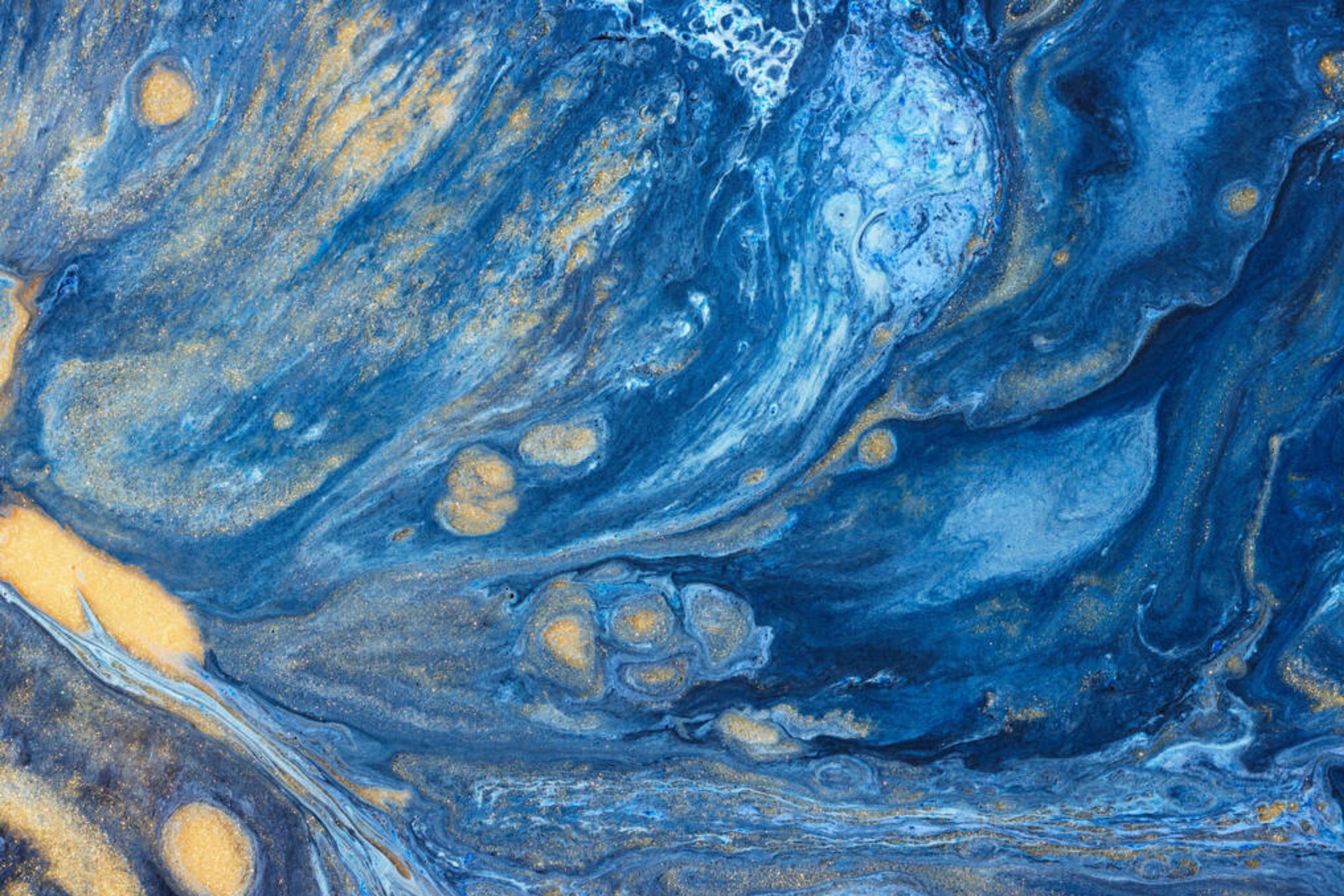
Credits: Nik_Merkulov, via Crello.com
Clean Up
Both paints are water-soluble which makes them pretty easy to clean up.
Especially watercolor, but still, both paints can be washed off with soap and water. However, since acrylics dry faster and create a hard crust when dry, you must always wash your brushes immediately after you’re done painting! If you don’t do this, the paint will dry and ruin the brushes!
Also, this is the reason why you should be careful when painting with acrylics.
If the paint gets onto your clothes and dries there, it can ruin the item. It often happens that people can’t wash those dry acrylic marks off and throw clothes away!
So now you are aware of the basic distinctions that watercolor and acrylic paint has. And now let’s see which paint you should pick if you are a beginning artist!
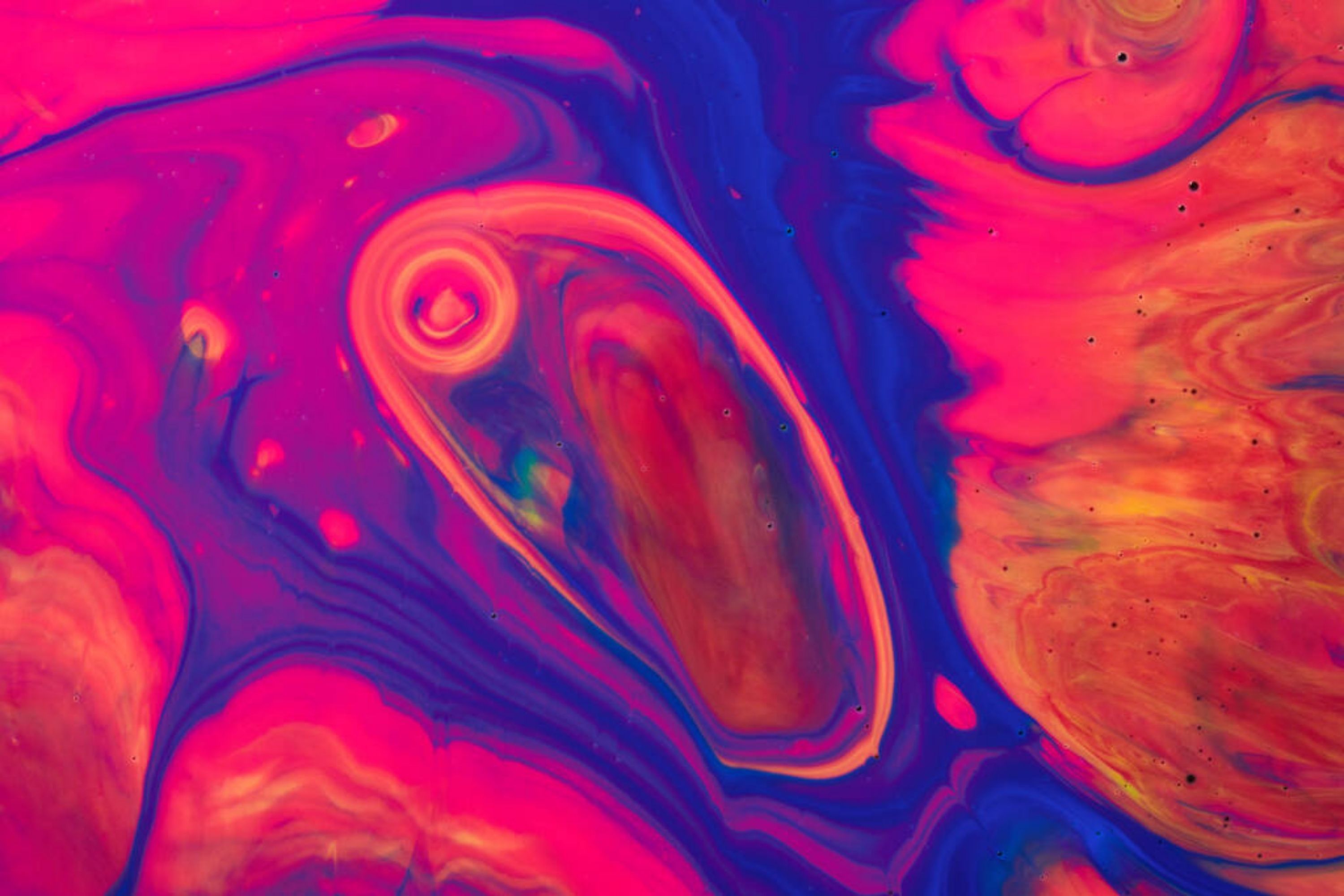
Credits: Nik_Merkulov, via Crello.com
Watercolor vs Acrylic For Beginners. Which Paint to Choose?
Many of those who are not familiar with paints at all or have a very brief understanding of the matter, start wondering which paint – acrylic or watercolor – they should buy first when they decide to start an artistic class, for example, or simply try and paint something at home.
And in this case, the advice would be: stick to acrylic!
The medium is more forgiving, allowing you to learn and make mistakes that you paint over later. It is also ideal to use when you begin painting because you can mix the paints.
In comparison, watercolor is way more challenging for the beginner since it is fluid and dries very quickly which means you will have to paint really fast!
For most of the beginning artists, this is the most crucial and the most stressful factor that draws them away from watercolor, often for quite a long time!

Credits: AntonMatyukha, via Crello.com
Is It Possible to Paint With Watercolor Over Acrylic?
Shortly, no, it is not possible to paint like that. Even though both these paints are water-soluble, you cannot paint watercolor over acrylic. Watercolors will pool on the surface of an acrylic background, causing the plastic acrylic paint to warp.
On the other hand, a clear acrylic could help protect watercolor from exposure issues.
However, it might be possible to apply watercolor over acrylic paint if the latter one is watered-down.

Credits: AntonMatyukha, via Crello.com
Like this, you will kind of glaze it. And if the acrylic layer is too thick, watercolor will simply be unable to stick to it.
With these life hacks and information about the two most used paints, you will be able to easily choose which one is right for you depending on the level of your proficiency and on your goals as an artist.
Ever wished paint sampling was as easy as sticking a sticker? Guess what? Now it is! Discover Samplize's unique Peel & Stick samples. Get started now and say goodbye to the old messy way!
Get paint samples




Frequently Asked Questions
⭐ Which paint is cheaper, watercolor or acrylic?
They have approximately the same price.
⭐ Which paint do professional artists use?
They mostly use acrylics.
12 thoughts on “Watercolor vs Acrylic Paint”
Leave a Reply

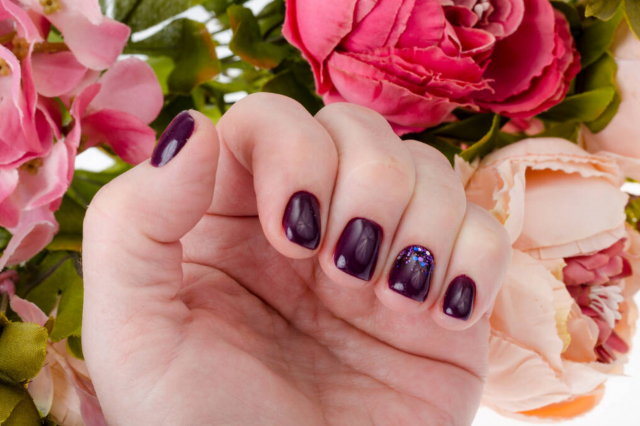


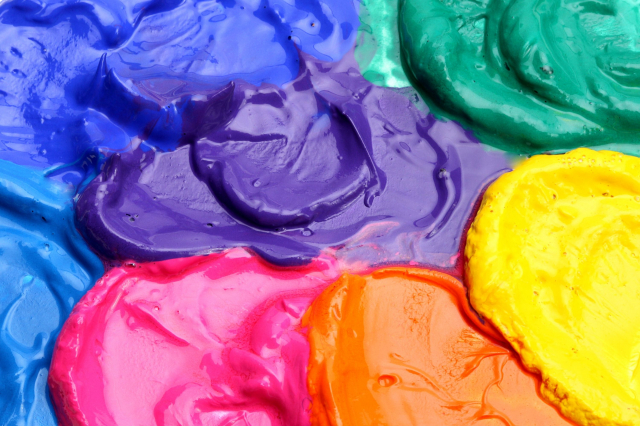
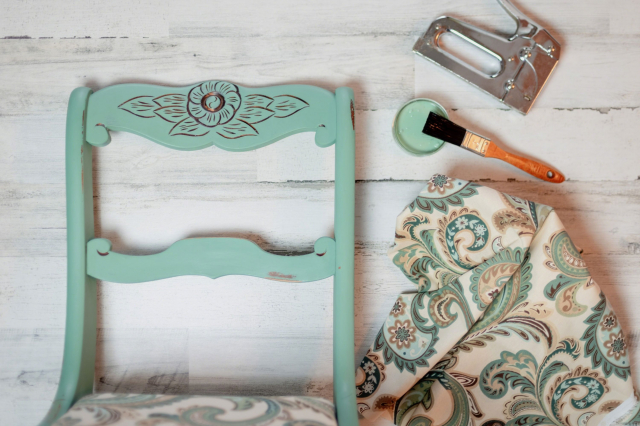
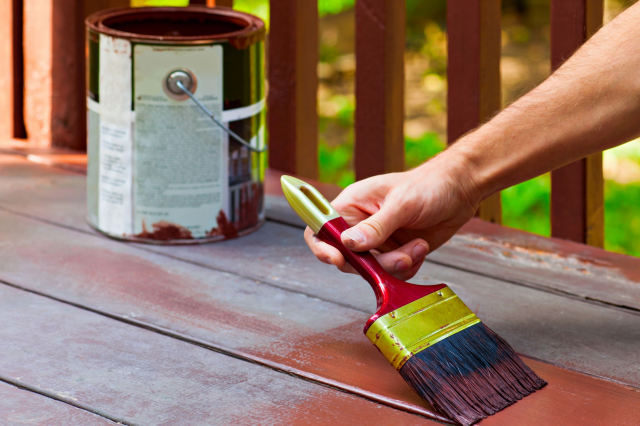

Hi! Could you please help me? From these paints (gouache vs watercolor vs acrylic), which one will give the most frosted/matte finish?
If I use acrylic and watercolor on canvas, which paint will dry faster?
I’m sure watercolor will dry faster because its drying time is shorter than the one of acrylics.
Yes, of course, you can use acrylics and watercolor paints on the same canvas or piece of paper! Although I personally never tried to use watercolor on canvas, I’ve seen tutorials that explain how to do that. So, I’m sure you can do that too!
If you compare watercolor vs acrylic vs oil, which paint dries the fastest?
Watercolor will dry faster than all other paints you mentioned. Then goes acrylic, and then you have oil paints.
Hi! I need help from experienced artists or those who are familiar with paints. Could you explain the difference between twatercolor vs acrylic for beginners? Which paint is it best to start with?
Hi! I can’t cal myself a pro, but in my opinion, it’s best to start with acrylics if you’re bew to painting. Acrylics are easier to use, they dry fast enough, and also, you can dilute this paint to make it work almost like watercolor! With watercolor paints, you need skills and experience! They require working fast while the paint is still wet, which means you must be able to paint quickly enough. For a beginner, it might be stressful.
I want to start acrylic painting class, but I’ve recently faced a dilemma: do I need to buy professional paint or will common-use acrylics do?
I guess if you’re a beginner, you don’t need those fancy and expensive professional paints. There are plenty of cheaper versions of this paint on the market that have wonderful colors and they work on canvas the same well!
My kid wants to start an artistic class and she was told to buy paint. She’s now choosing between acrylic and watercolor, but I’m in doubt. Which paint is safer?
Well, I know that both of them are considered non-toxic and kids-friendly. However, from my own experience, I’d say buy watercolor. See, some acrylics may contain toxins, whilst watercolor is so safe that even if you ingest a bit, you’ll be fine! That’s true, by the way: my son did it many times (he used to lick his watercolor brushes while painting when he was younger), and nothing happened to him.